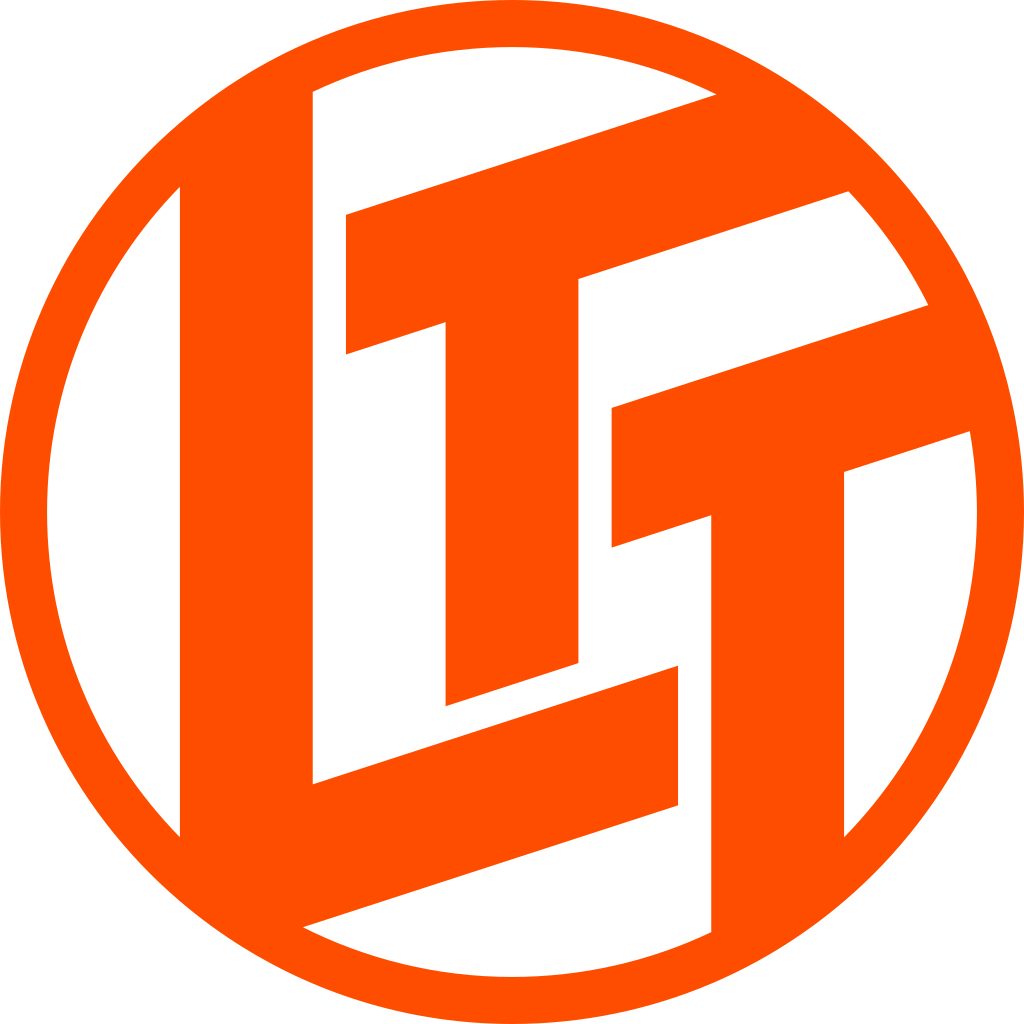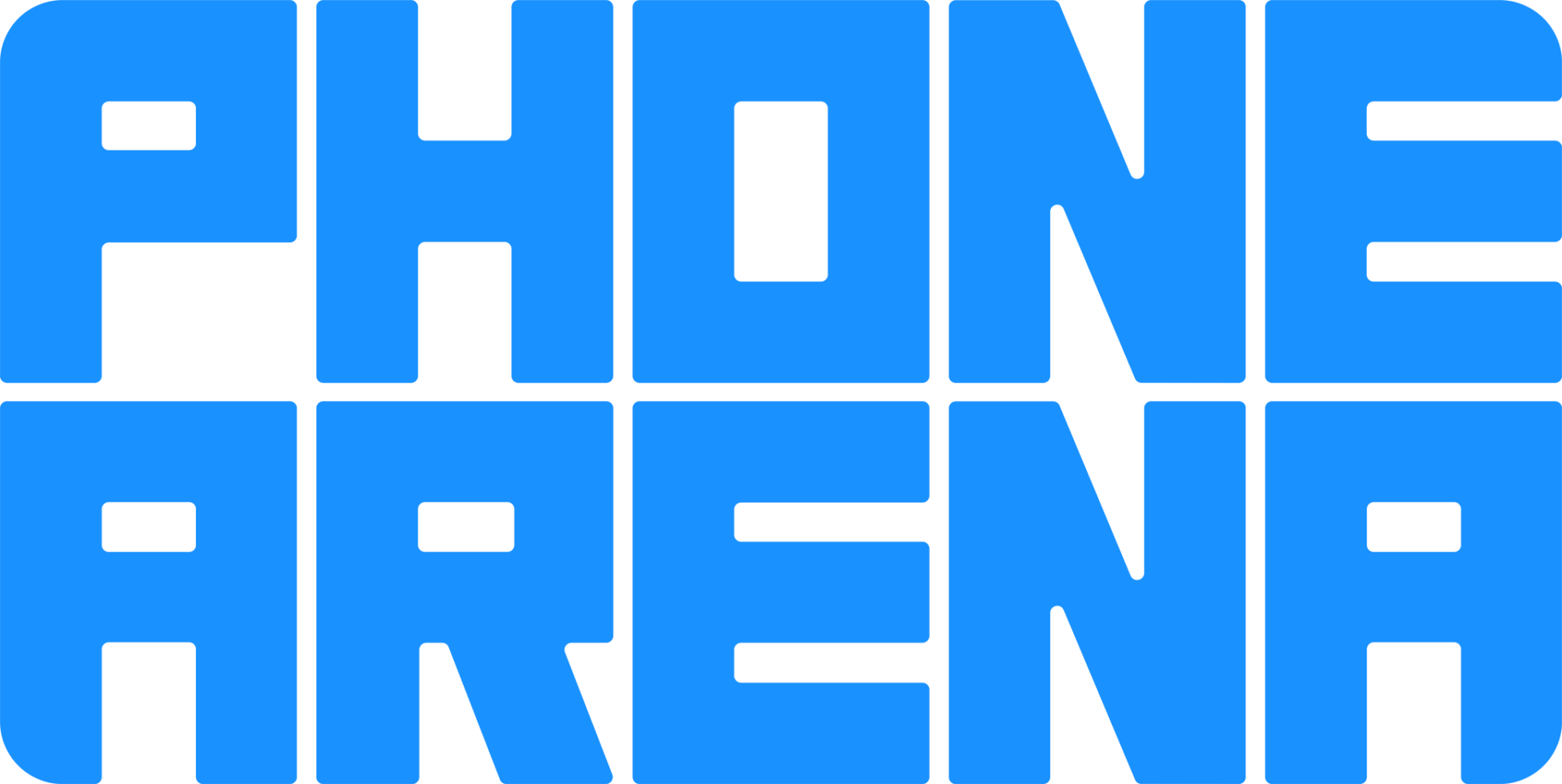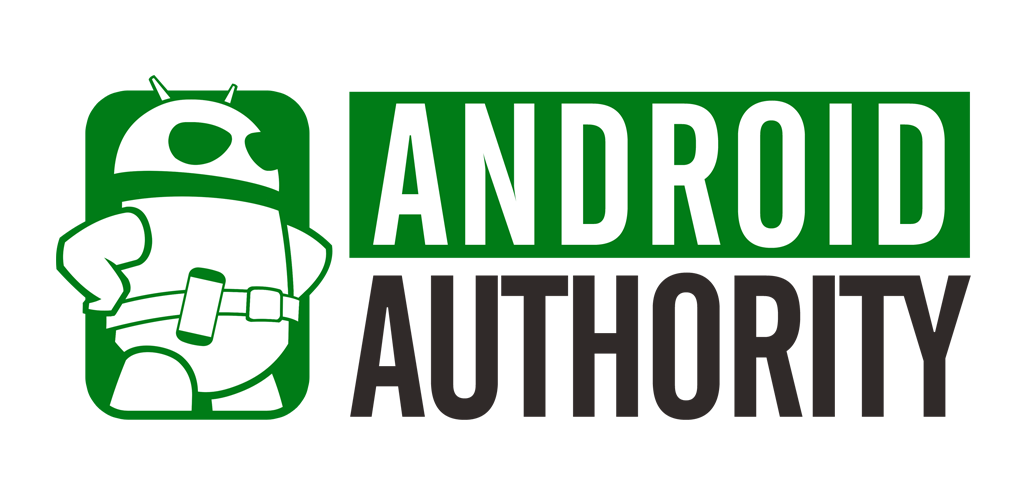A comparison of specs, key information, reviews, and best pricing from top retailers
Last updated -- hours ago | Report incorrect information
What we think

The PerfectRec monitor team Learn more
Updated April 11, 2024·
If your priority is high-resolution productivity tasks or digital photo editing, the Apple Studio Display offers a large screen with exceptional text and image clarity, which makes it well-suited for these purposes, albeit at a higher price. In contrast, the Sony M9 is more versatile, providing a balance for gaming with its variable refresh rate functionality and for media consumption with better HDR capabilities. It is also less expensive but won't match the Apple monitor's resolution and peak brightness. Keep in mind the Sony offers an adjustable stand, potentially adding ergonomic value, whereas the Apple monitor does not. Give Feedback
this description is based on the product variant with some specs and product variant with some specs. At the time of writing, the variant with some specs cost some dollars and the variant with some specs cost some dollars.
Advantages of the Apple Studio Display (IPS)
- Best in class text clarity
- Best in class image clarity
Advantages of the Sony M9 (IPS FALD)
- Good for casual gaming
- Good contrast
- Good color volume
- Good response time
Key differences
Casual Gaming
6.1
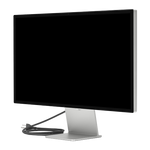
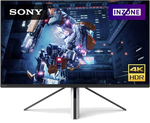
7.3
5120 x 2880
RESOLUTION
3840 x 2160
60Hz
REFRESH RATE
144Hz
1052:1
NATIVE CONTRAST
1000:1
584 nits
SDR PEAK BRIGHTNESS
432 nits
N/A
HDR PEAK BRIGHTNESS
695 nits
N/A
DCI-P3 COLOR GAMUT
67.7 %
Glossy
COATING
Matte
The Sony M9 (IPS FALD) is good for casual gaming, while the Apple Studio Display (IPS) is only fair.
Competitive Gaming
5.0


5.7
60Hz
REFRESH RATE
144Hz
20.4 ms
TOTAL RESPONSE TIME
8.0 ms
N/A
VARIABLE REFRESH RATE
24 - 144 Hz
No
STROBING / BFI
No
584 nits
SDR PEAK BRIGHTNESS
432 nits
The Sony M9 (IPS FALD) and Apple Studio Display (IPS) are both poor for competitive gaming, though the Sony M9 (IPS FALD) is somewhat better.
Media Consumption
7.0


7.5
5120 x 2880
RESOLUTION
3840 x 2160
1052:1
NATIVE CONTRAST
1000:1
584 nits
SDR PEAK BRIGHTNESS
432 nits
N/A
HDR PEAK BRIGHTNESS
695 nits
Glossy
COATING
Matte
The Sony M9 (IPS FALD) and Apple Studio Display (IPS) are both good for media consumption, though the Sony M9 (IPS FALD) is somewhat better.
Cost
$1,599


$800
$0
$500
$1,000
$1,500
$2,000
$2,500
The Apple Studio Display (IPS) has a price of $1,599 and the Sony M9 (IPS FALD) costs $800.
HDR Gaming and Media Consumption
No


Yes
The Apple Studio Display (IPS) is not suitable for HDR gaming and media consumption while the Sony M9 (IPS FALD) is suitable for HDR gaming and media consumption.
Key similarities
Productivity
9.5


9.6
5120 x 2880
RESOLUTION
3840 x 2160
218 PPI
PIXELS PER INCH
163 PPI
No
ADJUSTABLE STAND
Yes
Glossy
COATING
Matte
The Sony M9 (IPS FALD) and Apple Studio Display (IPS) are both best in class for productivity.
Digital Photo Editing
Yes


Yes
Both the Apple Studio Display (IPS) and Sony M9 (IPS FALD) are suitable for digital photo editing.
HDR Video Editing and Color Grading
No


No
Both the Apple Studio Display (IPS) and Sony M9 (IPS FALD) are not suitable for HDR video editing and color grading.
Print Photo Editing
No


No
Both the Apple Studio Display (IPS) and Sony M9 (IPS FALD) are not suitable for print photo editing.
Give feedback
We’re constantly working to improve.
How the Apple Studio Display (IPS) and the Sony M9 (IPS FALD) compare to other monitors
Spec Comparison
| Apple Studio Display (IPS) | Sony M9 (IPS FALD) |
GENERAL | |||
|---|---|---|---|
| Price | |||
$1,599 | $800 | ||
Screen Size | |||
Screen Size | 27" | 27" | |
Resolution | |||
Resolution | 5120 x 2880 | 3840 x 2160 | |
Screen Type | |||
Screen Type | LED | LED | |
Screen Sub-type | |||
Screen Sub-type | IPS | IPS FALD | |
Local Dimming Zones | |||
Local Dimming Zones | N/A | 96 | |
COLOR, CONTRAST & BRIGHTNESS | |||
|---|---|---|---|
Native Contrast | |||
Native Contrast | 1052:1 | 1000:1 | |
SDR Peak Brightness | |||
SDR Peak Brightness | 584 nits | 432 nits | |
HDR Peak Brightness | |||
HDR Peak Brightness | N/A | 695 nits | |
Suitable for HDR Gaming and Media Consumption | |||
Suitable for HDR Gaming and Media Consumption | No | Yes | |
sRGB Color Gamut | |||
sRGB Color Gamut | 99.1 % | 100 % | |
MOTION CHARACTERISTICS | |||
|---|---|---|---|
Total Response Time | |||
Total Response Time | 20.4 ms | 8 ms | |
Variable Refresh Rate | |||
Variable Refresh Rate | N/A | 24 - 144 Hz | |
Strobing / BFI | |||
Strobing / BFI | No | No | |
Persistence Blur Score | |||
Persistence Blur Score | 5/10 | 6.6/10 | |
Ghosting Score | |||
Ghosting Score | 6/10 | 7.6/10 | |
TEXT & IMAGE CLARITY | |||
|---|---|---|---|
Pixels Per Inch | |||
Pixels Per Inch | 218 PPI | 163 PPI | |
Coating | |||
Coating | Glossy | Matte | |
Text Clarity Score | |||
Text Clarity Score | 10/10 | 8/10 | |
Image Clarity Score | |||
Image Clarity Score | 10/10 | 8/10 | |
PORTS & CONNECTIVITY | |||
|---|---|---|---|
HDMI 1.4 Ports | |||
HDMI 1.4 Ports | 0 | 1 | |
HDMI 2.0 Ports | |||
HDMI 2.0 Ports | 0 | 0 | |
HDMI 2.1 Ports | |||
HDMI 2.1 Ports | 0 | 2 | |
Micro HDMI Ports | |||
Micro HDMI Ports | 0 | 0 | |
DisplayPort 1.2 Ports | |||
DisplayPort 1.2 Ports | 0 | 0 | |
Give feedback
We're constantly perfecting our model
More comparisons for you
Compare Apple Studio Display (IPS) vs. Samsung Odyssey OLED G8 G85SB (QD-OLED)
VS
Compare Apple Studio Display (IPS) vs. LG 39GS95QE (W-OLED)
VS
Compare Apple Studio Display (IPS) vs. ViewSonic XG341C-2K (VA Mini LED)
VS
Compare Sony M9 (IPS FALD) vs. KTC M27P20 Pro (IPS MiniLED)
VS
Compare Sony M9 (IPS FALD) vs. Innocn 32M2V (IPS MiniLED)
VS
Compare Sony M9 (IPS FALD) vs. MSI MAG 341CQP (QD-OLED)
VS
FAQs
Why trust us
This information was produced and vetted by the PerfectRec monitors team. We are a product research and recommendation organization that meticulously reviews and evaluates the latest monitor information and makes it digestible for you.
By the numbers
210
Monitors evaluated
10,500
Monitors stats compiled
15
Proprietary Monitors ratings developed
116,900
Recommendations made
17,535
Consumer hours saved
About the monitor team
Joe Golden, Ph.D
CEO and Monitors Editor
Joe is an entrepreneur and lifelong electronics enthusiast with a Ph.D in Economics from the University of Michigan.
Jason Lew
Staff Expert & Software Engineer
Jason is a staff expert and software engineer that has been making laptop recommendations for 7 years and moderates one of the largest laptop subreddits.
Chandradeep Chowdhury
Staff Expert & Software Engineer
Chandradeep is a staff expert and software engineer and expert in televisions and monitors. He’s been making monitor recommendations for ten years.


